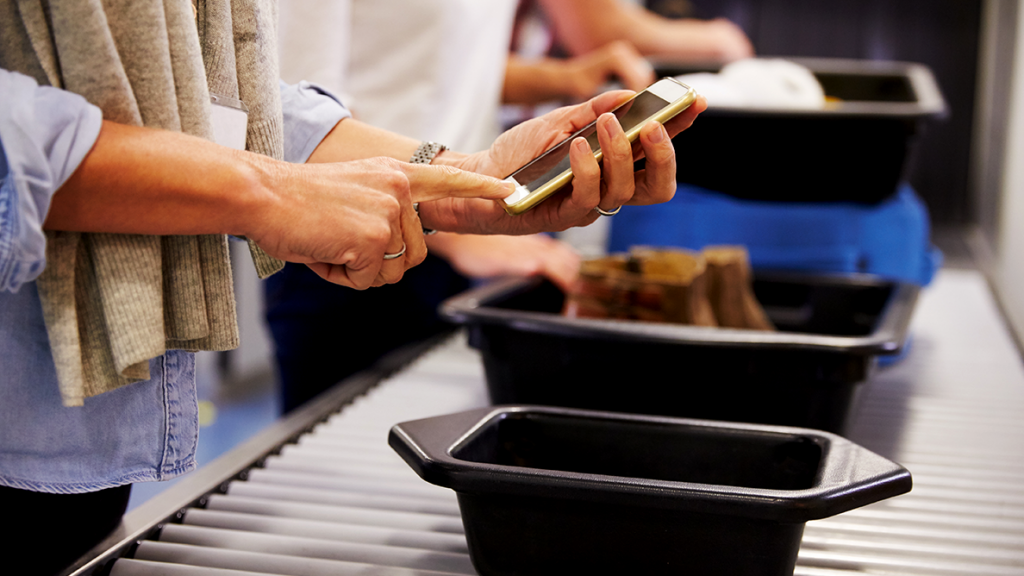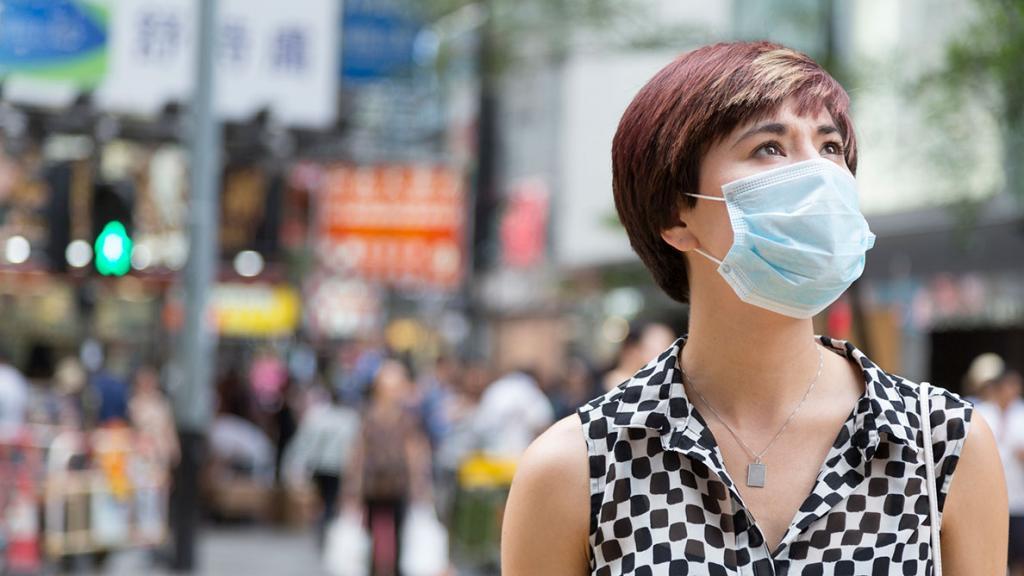INSIGHT
Health and safety at the airport

You may be wondering what TSA, CATSA and airport vendors are doing to encourage health and safety for transiting passengers. Here is a handy FAQ that may help guide what you can anticipate when at the airport.
Q: What is the TSA doing in response to COVID-19?
A: Due to the COVID-19 pandemic, TSA has made some changes to its screening checkpoints for the health and safety of is employees and for those travelling. These changes include:
Passenger Volume: With reduced flights and passenger volumes, TSA is consolidating its screening operations and closing checkpoints as a result.
Social Distancing: Procedures have been implemented to increase social distancing and reduce direct contact. This includes metering passengers to increase distance between individuals, placing visual reminders of the appropriate spacing on the floor and staggering the use of lanes where possible.
Cleaning and Disinfecting: Guidance has been given to frontline employees regarding routine cleaning and disinfecting of frequently touched surfaces and security screening equipment at TSA checkpoints.
Increased Liquid Allowance for Hand Sanitizer: Passengers can carry one liquid hand sanitizer container with up to 12 ounces of liquid in their carry-on bags until further notice. This will need to be screened separately from other liquids. Keep in mind that all other liquids, gels and aerosols still need to be limited to 3.4 ounces or 100 ml carried in one-quart size bag.
Expired Driver’s License and Real ID Extension: TSA will accept expired driver’s licenses or state-issued IDS a for up to a year after expiration if it expired on or after March 1. 2020 and you were unable to renew it. DHS also announced an extension of time to obtain a REAL ID compliant divers license to October 1, 2021.
Q. What else do I need to be aware of when going through airport security?
A. As TSA procedure changes begin to rollout in the coming weeks, travellers should expect to:
Keep possession of their boarding passes: Instead of handing their boarding pass to a TSA officer at the travel document podium, travellers should now place their boarding pass (paper or electronic) on the boarding pass reader themselves. After scanning, travellers should hold their boarding pass toward the TSA officer to allow the officer to visually inspect it.
Separate food for X-ray screening. Passengers should place their carry-on food items into a clear plastic bag and place that bag into a bin. Food items often trigger an alarm during the screening process; separating the food from the carry-on bag lessens the likelihood that a TSA officer will need to open the carry-on bag and remove the food items for a closer inspection.
Q. How early should I arrive at the airport ahead of my flight?
A. As travel volumes begin to increase it will be important to allow plenty of time for checking bags and completing airport security. The new procedures and social distancing measures are likely to add time to the pre-flight experience.

Q: What is CATSA doing in response to COVID-19?
A: As the airport environment has experienced rapid change, CATSA is monitoring the situation and adapting its mandates as needed. Currently, these are these changes being made by CATSA to safeguard the well-being of screening officers and travellers in Canadian airports:
- Those exhibiting COVID-19 symptoms will be asked to leave the checkpoint
- Social distancing of 2 meters must be maintained throughout the screening process
- You must hold your own documents, printed or scanned
- One bottle of hand sanitizer of up to 355 ml is allowed in addition to the 100 ml bottles to be places in a 1 L clear resealable bag.
- Officers now wear gloves at all positions and a mask if close-contact screening is required.
- Explosive trace detection swabs are changed after each use.
- The frequency of bin-cleaning has increased and strong anti-viral cleaning products are used on the bins as well as on other surfaces around the checkpoint
- All passengers must wear a face covering
- Other protocols vary per airport

Q: What can I expect at check-in?
A: This is a process that varies by airport and airline. Typical protocols include things like:
- Touchless kiosks using technology such as biometric screening
- Frequent cleaning of kiosks and counters
- Plexiglass barriers between check-in staff and the public
- Defined spacing in lines in order to keep social distancing while queuing
Visit our page on airlines to find out how each airline is approaching the situation.
Q: What is the airport like past security?
A: Each airport is establishing cleaning protocols within their airports, these typically include items such as additional cleaning staff hours, additional hand sanitizer stations, regular disinfecting of all hard surfaces, enhanced disinfection of washrooms etc. To find out more, visit the website of the airport you will be departing from and arriving to.
Q: Do I need to where a mask while at the airport?
A: This depends on the guidelines in place at the airport you are travelling to and from – these can change by city, state, province, country and airline. Currently, a mask may be required at some US airports, however, it is required to wear a mask in all Canadian airports.
Q: Are restaurants and shops open at the airport?
A: There are very few restaurants and concessions currently open at most airports so travellers should plan to bring their own snacks. More information can be found on the website of the airport you will be travelling through.
Q: Are social distancing measures in place at the gate and during boarding?
A: This is something that varies by airline and airport. You can reference our page on airlines to see what protocol your specific airline has in place.
Q: Will I still be able to access the airport lounges?
A: Many lounges are closed due to COVID-19. Lounges that have confirmed to be closed include:
- Air Canada Maple Leaf lounges
- American Express Centurion Lounges
- United Polaris Lounges
- American Airlines Flagship lounges and Flagship First Dining
- British Airway lounges
Some airlines have introduced reduced hours or limited lounges including:
To find out more, ask your Travel Consultant to check if there will be lounge access available during your trip or check on the airline’s website.